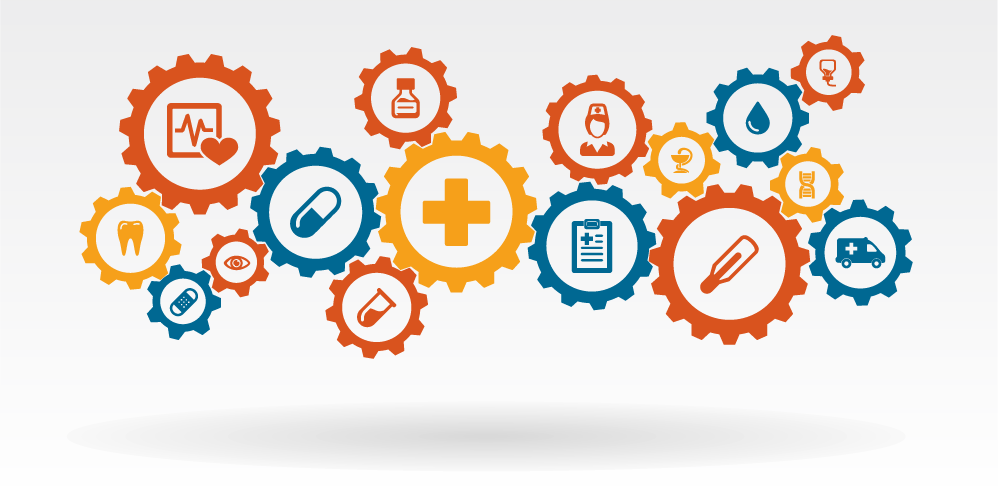A Recipe for Analytics, Key Ingredient #1 – Data

One of my favorite cooks is Alton Brown of the cooking show “Good Eats”. Alton, a famous cooking personality is a bit of an analytical nerd (like me) and often goes into humorous detail about the mundane ingredients in his recipes. Unfortunately, I’m not nearly as funny as Alton, but we can repurpose his cooking approach for developing healthcare analytics.
Recipe for Analytics
Key ingredients
- Very liberal amount of Data Content
- Proportional dose of Infrastructure
- Quart of Data Governance
- Several stalks of Analytics Competency
In this 4-part blog series on building analytics we are going to touch on each of these four ingredients.
Key Ingredient #1: Data Content
The first ingredient and most important is Data! In the United States as a result of the American Reinvestment and Recovery Act (ARRA) and the associated HiTECH Act, $155 billion has been allocated for healthcare information technology advancement (that’s a lot of cheddar!), much of it to implement data collection systems for healthcare. As a result, the US has more Electronic Medical Record (EMR) data than ever. Other countries around the world have also implemented local and even national EMR solutions.
EMRs provide the foundational data for enabling healthcare analytics. The Adoption Model for Analytics Maturity (AMAM) helps healthcare organizations assess their data availability in support of analytics maturity. The AMAM 8 Stage model challenges healthcare providers to stock their pantry with basic data in the early the stages 0-3, and more advanced data in later Stages 4-7.
AMAM select data “ingredients” include:
- Medication lists
- Nursing and allied professional documentation
- Encounter procedures
- Historical patient, clinical, financial, and demographic data
- External lab, pharmacy, and claims data
- …and many other clinical, operational, and financial data sets
These early AMAM “data ingredients” are the foundation for supporting descriptive analytics, or analytics activities that enable historical reporting in an easy, repeatable, timely manner. Being able to pull data from a variety of sources and systems to gain insight into broad operational, financial, and clinical activities is one of the goals of the roadmap presented by the HIMSS Analytics AMAM.
Higher level AMAM stage data requirements cater to a more refined palate and focus on sources like data from bedside devices, behavioral health outcomes data, population health census data, and social determinants of health data. Data content requirements escalate in this manner:
Stage 0: Fragmented point solutions
Stage 1: 7x24 biometrics, behavioral health outcomes data
Stage 2: Social determinants of health, patient reported outcomes data
Stage 3: Bedside devices, monitoring, home care, and pharmacy data
Stage 4: Data marts, expanded payment data, holistic view of patient
Stage 5: Wide reaching clinical, financial, operational, and external content
Stage 6: Insurance claims, historical data
Stage 7: EHR, revenue cycle, GL, supply chain, patient experience data
The AMAM data requirements for each stage are designed as a roadmap to help healthcare providers assimilate a strong, well rounded pantry of data content that enables a wide variety of clinical, operational, and financial analytics insights (recipes).
Other key ingredients in the analytic recipes call for timely data, advanced analytical skills, and aligned data governance. We’ll provide an overview of those in the remaining parts of this 4-part blog series.
This post is part of a multipart series on healthcare analytics. Continue to follow HIMSS Analytics for more on this topic.
If you have questions about AMAM or healthcare analytics please reach out to our client relations team and read more here.
